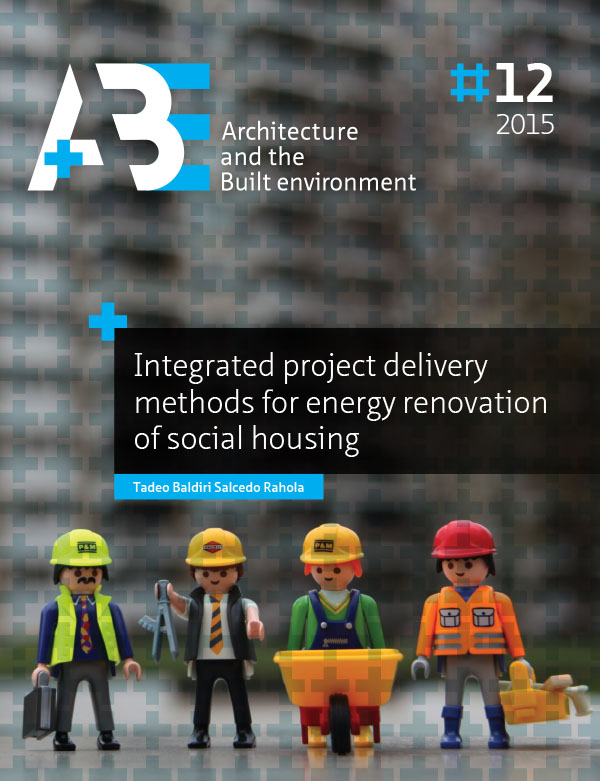Competitive tenders for integrated contracts for social housing renovation projects
Keywords:
competitive tender, Design-Build, energy efficiency, integrated contracts, social housingAbstract
In recent years European Social Housing Organisations and European authorities have devoted particular attention to the renovation of the European social housing stock. The reasons are twofold: first, the stock is aging, and secondly, it offers potential for energy savings. Recently, in the Netherlands, where social housing accounts for 32% of the total building stock, the national government and the social housing organisations signed an energy-saving covenant in which the social housing organisations agreed to upgrade the entire social housing stock to an average energy performance certificate rating of B. The terms of the covenant have forced social housing organisations to embrace integrated contracts and competitive tender procedures in an effort to find ways to improve the efficiency of renovation processes and increase the outputs. These contracts focus particularly on energy savings. In this research project eight competitive tenders for integrated contracts for social housing renovation projects were studied via a tender document analysis and in-depth interviews with the social housing property managers. Tender procedures were analysed by comparing the schedule, the preconditions for the candidates, the minimum requirements, and the award criteria. Characterisation of the tender elements enabled the researchers to identify the mechanisms applied by the social housing organisations to influence the ambition, collaboration and long-term view of the companies concerned. The ambition was sharpened by the competitive nature of the tender but the potential for minimum requirements and award criteria in this regard was not fully exploited. The collaboration was clearly promoted by setting a short deadline for developing the design proposals. Other strategies, involving, for example, the number and type of meetings with the social housing organisation, and conditions for the nature and composition of the consortia were applied by only some social housing organisations. The long-term view was broached by the inclusion of an optional maintenance contract in some cases, but the elective character of the contract stood in the way of any influence it may have exerted.


